Sports & Culture: Montevideo Unveiled
Join our free walking tour, where sports enthusiasts can dive into Montevideo's vibrant culture, stunning landmarks, and artistic treasures. Perfect for those who like sports!
Time
3 Hours
Stops
7 Places
Distance
6.4 km
Estadio Luis Franzini
Begin your tour at the Estadio Luis Franzini, a stadium primarily used for football matches, offering a glimpse into Uruguay's passionate sports culture.
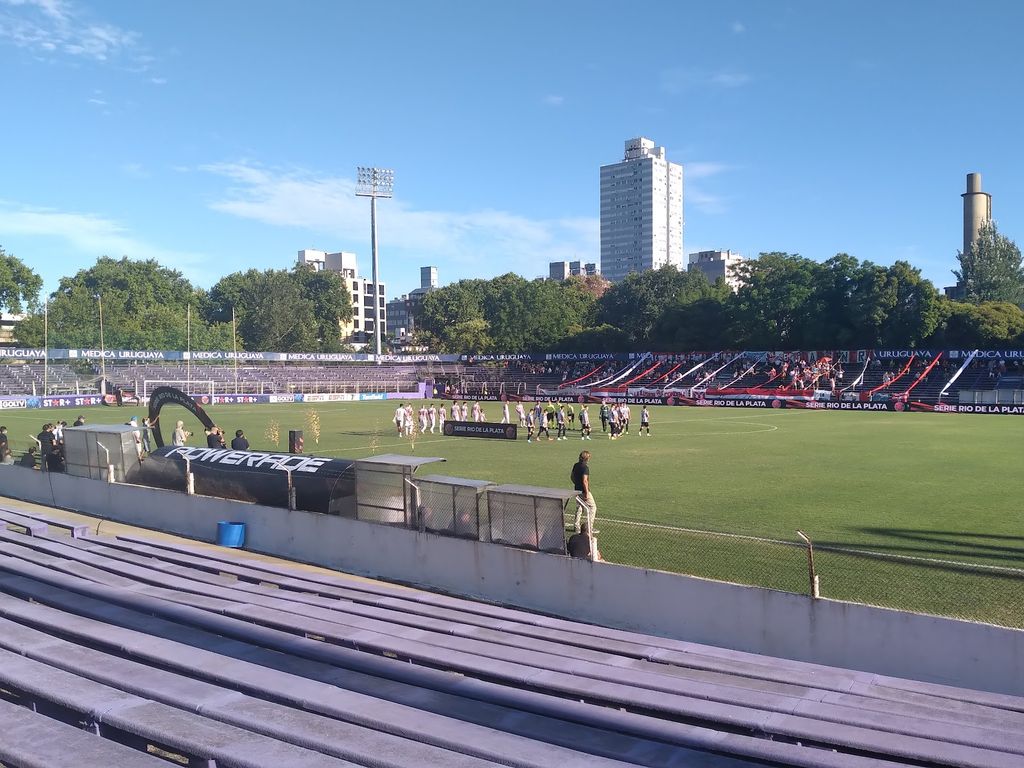
Estadio Luis Franzini (Source: Google Maps)
Estadio Luis Franzini, located in Montevideo, is a historic football stadium primarily used by the local club, Defensor Sporting. Opened in 1932, it has a seating capacity of around 18,000 and is known for its vibrant atmosphere during matches. The stadium is named after Luis Franzini, a notable figure in Uruguayan football history. It has hosted numerous important matches, including those of the Uruguayan national team, making it a significant site for the country’s sports culture. The architecture reflects the classic style of early 20th-century sports venues, with a mix of modern upgrades that enhance the spectator experience. Attending a match here allows fans to witness the passion of Uruguayan football, a key aspect of the nation’s identity.
Museo Nacional de Artes Visuales
Explore the Museo Nacional de Artes Visuales, showcasing an impressive collection of Uruguayan artwork, including pieces by renowned artists such as Joaquín Torres García.
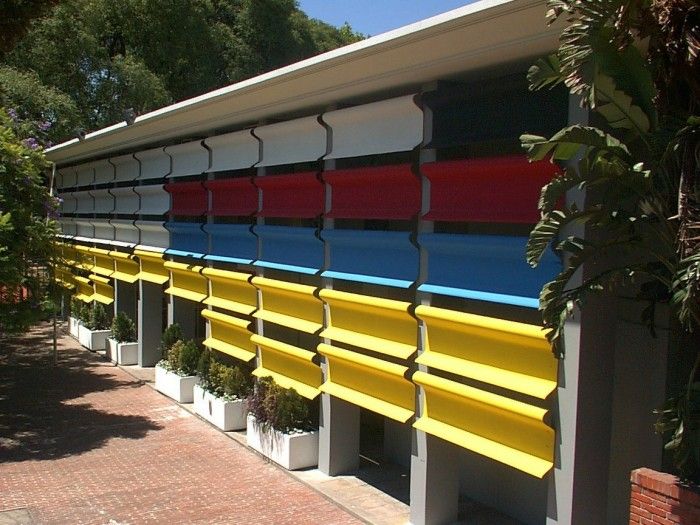
Museo Nacional de Artes Visuales (Source: Google Maps)
The Museo Nacional de Artes Visuales is a prominent cultural institution in Montevideo, recognized for its extensive collection of Uruguayan visual arts. Established in 1911, it houses works from renowned artists such as Joaquín Torres García, who is celebrated for his contributions to modern art in Latin America. The museum's collection includes paintings, sculptures, and drawings that reflect the evolution of Uruguayan art from the 19th century to contemporary times. The building itself is a work of art, featuring a blend of modernist and functionalist architectural styles. Visitors can explore a range of exhibitions that highlight both local and international artists, making it a vital space for cultural exchange and appreciation. The museum plays a crucial role in promoting Uruguay’s artistic heritage and is a must-visit for art lovers.
Parque Rodó
Stroll through Parque Rodó, a picturesque urban park that offers a relaxing environment, art exhibits, and views of the city's natural beauty.
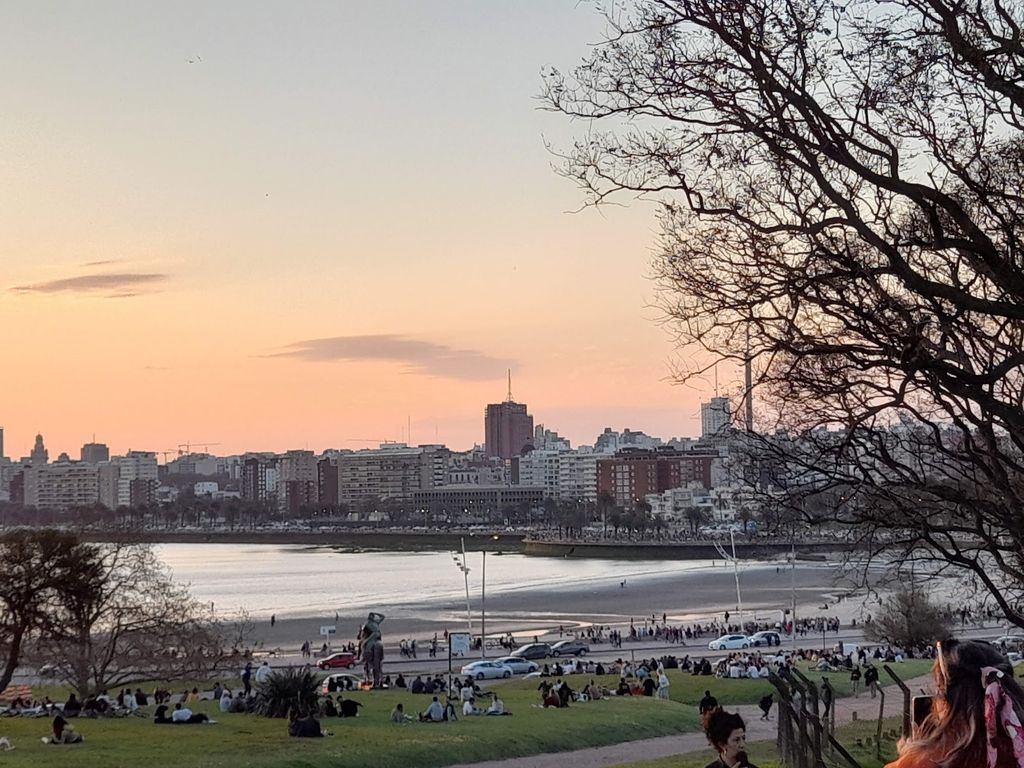
Parque Rodó (Source: Google Maps)
Parque Rodó is a beloved urban park in Montevideo, known for its lush greenery and vibrant atmosphere. Established in the early 20th century, the park features a picturesque lake, walking paths, and various recreational areas that attract both locals and tourists. It is often the site of cultural events, art exhibits, and outdoor activities, making it a hub of community life. The park is adorned with sculptures and monuments, reflecting Uruguay's artistic heritage. One of the park's highlights is the open-air art market that takes place on weekends, where local artists showcase their work. The park also offers stunning views of the city and is a great place for leisurely strolls, picnics, or simply relaxing in nature. Its blend of natural beauty and cultural significance makes Parque Rodó a key destination in Montevideo.
Mercado Ferrando
Discover Mercado Ferrando, a modern gastronomic market where you can enjoy a variety of local and international culinary delights, perfect for a quick snack or drink.
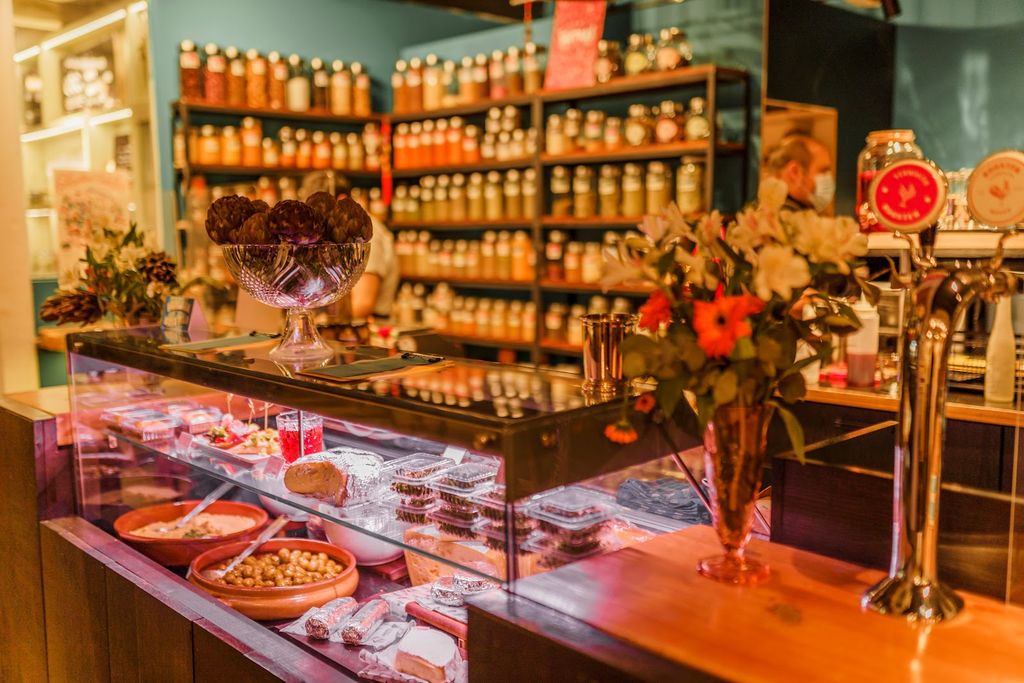
Mercado Ferrando (Source: Google Maps)
National Library of Uruguay
Visit the National Library of Uruguay, a significant cultural institution housing an extensive collection of books and documents that reflect Uruguay's literary heritage.
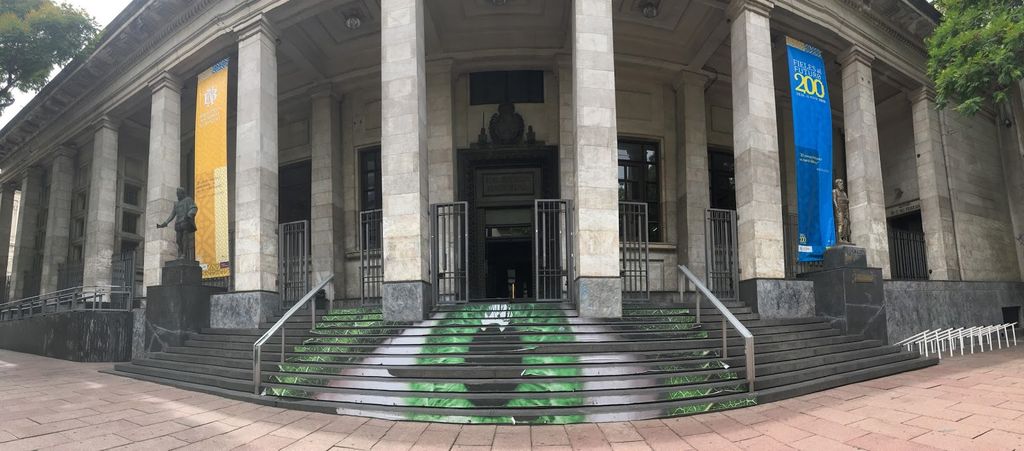
National Library of Uruguay (Source: Google Maps)
The National Library of Uruguay, established in 1816, is a vital cultural institution that preserves the country’s literary heritage. It houses an extensive collection of books, manuscripts, and historical documents, reflecting the rich literary tradition of Uruguay. The library's architecture is a blend of neoclassical and modern styles, creating a welcoming atmosphere for visitors. It serves as a research center and a public library, offering a range of services to scholars, students, and the general public. Special collections include rare books and works by prominent Uruguayan authors. The library also hosts various cultural events, including lectures, exhibitions, and workshops, fostering a love for literature and learning within the community. As a cornerstone of Uruguay's educational landscape, the National Library plays a crucial role in promoting literacy and cultural engagement.
Palacio Legislativo
Admire the architectural grandeur of the Palacio Legislativo, the seat of the Uruguayan Parliament, renowned for its neoclassical design.
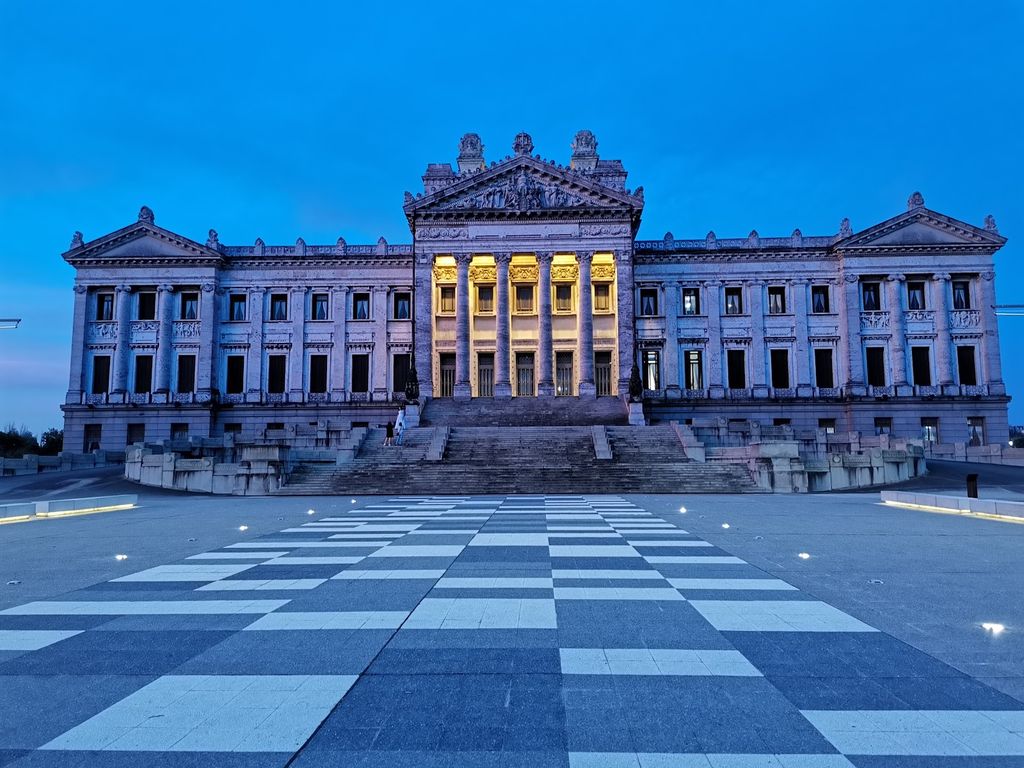
Palacio Legislativo (Source: Google Maps)
The Palacio Legislativo, or Legislative Palace, is an iconic landmark in Montevideo, serving as the seat of the Uruguayan Parliament. Completed in 1925, this neoclassical building is renowned for its grand architecture, featuring a majestic façade adorned with impressive sculptures and columns. The interior is equally stunning, with ornate halls and chambers that reflect the country’s political history. The building is not only a functional space for legislative activities but also a symbol of Uruguay’s democratic values. Guided tours are available, allowing visitors to explore its historical significance and architectural beauty. The Palacio Legislativo is surrounded by beautiful gardens and monuments, making it a popular spot for both locals and tourists. Its prominence in the city skyline and its role in shaping Uruguay’s governance make it a must-see attraction.
Museo de Historia del Arte
End your tour at the Museo de Historia del Arte, which houses a diverse collection of historical artifacts and art from different cultures and eras.
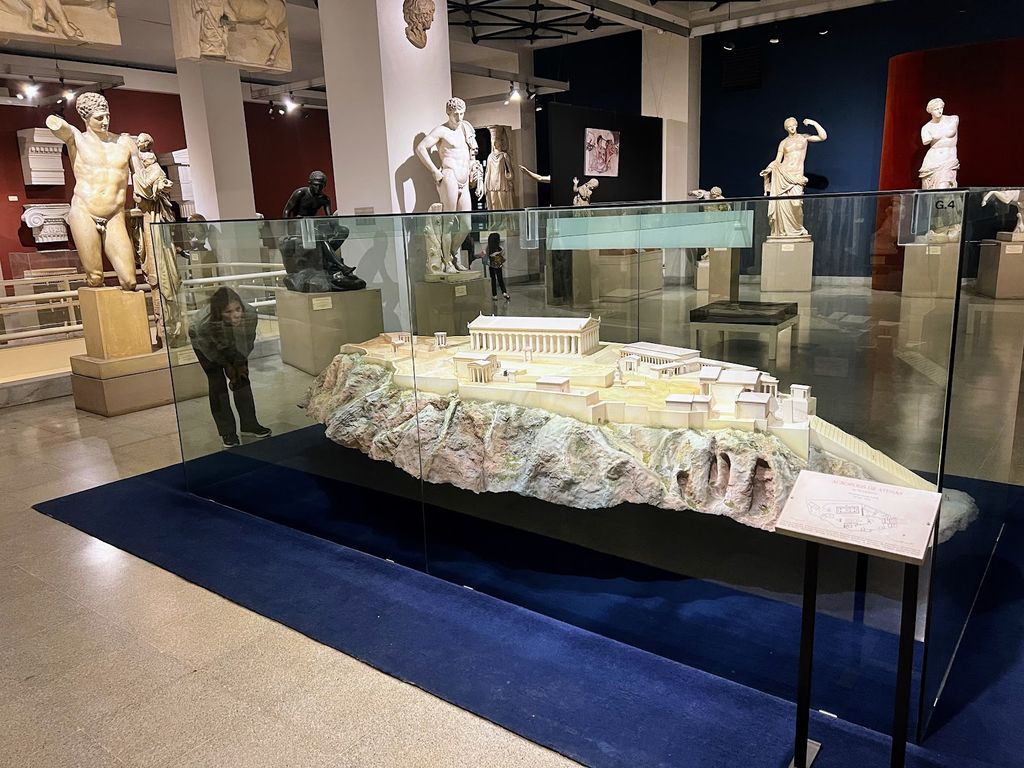
Museo de Historia del Arte (Source: Google Maps)
The Museo de Historia del Arte, located in Montevideo, is a fascinating institution dedicated to the preservation and exhibition of art from various cultures and eras. The museum's collection spans ancient artifacts to contemporary works, offering a comprehensive overview of global artistic traditions. It features pieces from renowned artists and lesser-known creators, providing a platform for diverse artistic voices. The museum's architecture is a blend of modern design and historical elements, creating an inviting space for art lovers. Educational programs, workshops, and temporary exhibitions enrich the visitor experience, fostering a deeper understanding of art history. The museum plays a crucial role in promoting cultural appreciation and dialogue within the community. Its diverse collection and commitment to education make it a key destination for anyone interested in the arts.

Your travels, your rules.
Create your own Free Walking Tours.
Set your preferences, distances and anything you want to do or see.
Completely free, no payment required.